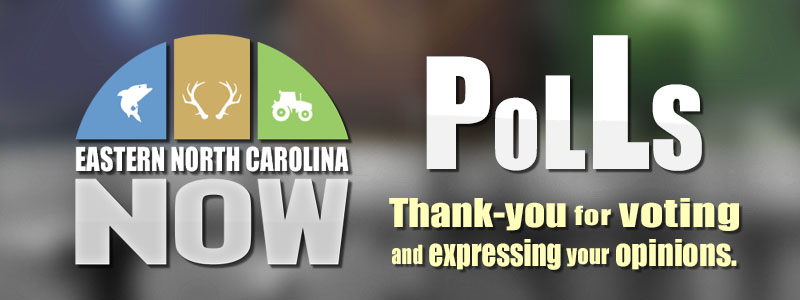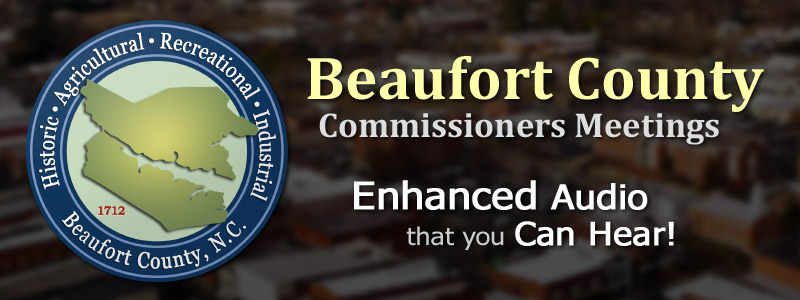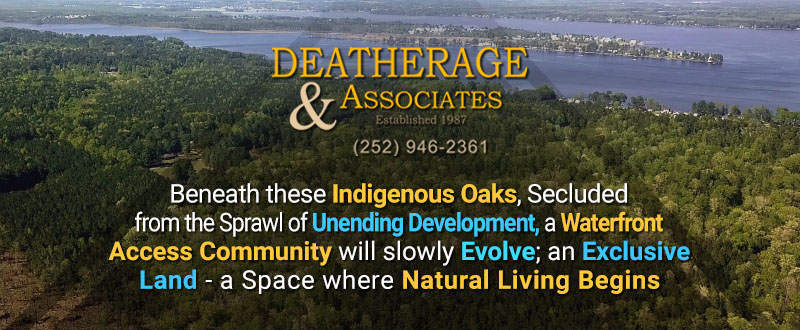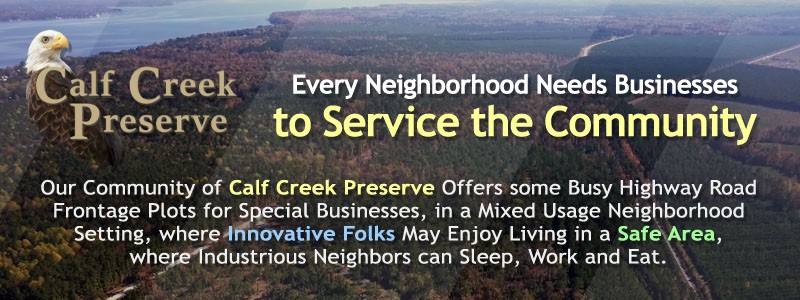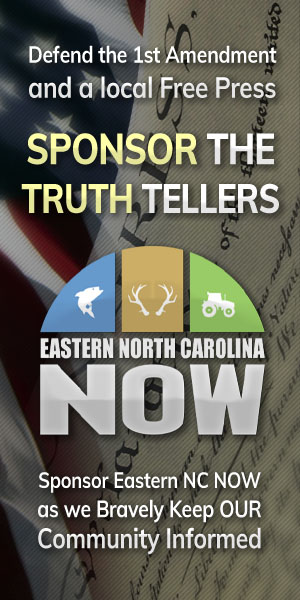Boldly Committed to Truth Telling in the False Face of Fakery
Political Coin Lands On Its Edge
Publisher's note: This article appeared on John Hood's daily column in the Carolina Journal, which, because of Author / Publisher Hood, is linked to the John Locke Foundation.
RALEIGH - So far, 2016 has turned out to be a momentous year in state politics - and the general election is still months away.
North Carolinians have watched and in many cases participated in the rise of Donald Trump, Bernie Sanders, and other avatars of discontent. They've witnessed courts upholding the state's election-law reforms, tossing the state's congressional district map, and junking a planned retention election for state supreme court. They've nearly drowned in a flood of media coverage of H.B. 2. And they've seen the General Assembly convene a 2016 session that promises to produce more base pay for teachers and state employees, more take-home pay for taxpayers, and perhaps action on controversial issues ranging from Common Core to corporate welfare.
If you assume all these political developments must have produced an obvious partisan trend for the fall, however, you are mistaken. Most of North Carolina's electoral contests remain unpredictable at this point. Essentially, the state's political system has flipped a coin. Rather than showing an elephant's head or a donkey's tail, the coin has landed, however improbably, on its edge.
The Democratic firm Public Policy Polling has just released its statewide survey for May. Republican Gov. Pat McCrory and his challenger, Democratic Attorney General Roy Cooper, are tied at 41 percent each. Republican Lt. Gov. Dan Forest and Democratic challenger Linda Coleman are each at 38 percent. Former Republican state representative Dale Folwell and former Wake Democratic Party chairman Dan Blue III are tied at 39 percent apiece in the state treasurer's race. Republican state senator Buck Newton and former Democratic state senator Josh Stein are statistically tied at 38 percent and 39 percent, respectively, in the attorney general's race.
In a generic-ballot question on the North Carolina General Assembly, Democrats draw 45 percent to the Republicans' 43 percent, also a statistically insignificant gap. When asked their opinion of the legislature, 49 percent of registered voters are unfavorable to the Democratic minority and 51 percent are unfavorable to the Republican majority, yet another wash.
PPP is far from the only outfit that polls North Carolina voters. The Civitas Institute, Elon University, High Point University, and several media outlets also conduct or commission surveys. Taken as a whole, however, their research still points in the direction of highly competitive races in the fall.
Over all the 17 publicly released polls taken in North Carolina since early February, for example, Cooper gets an average of 43 percent of the vote to McCrory's 42 percent. And as I've previously observed, if you use the available survey research to construct a general model of the electorate, you'll find that about 30 percent of North Carolina voters identify or behave as the Republican base. About 32 percent identify or behave as the Democratic base. Another 15 percent of voters vote Republican most of the time, with 13 percent voting Democratic most of the time.
In other words, in a generic sense, North Carolina politics consists of Republicans claiming 45 percent of the vote, Democrats claiming 45 percent of the vote, and then the two major parties fighting with each other - and sometimes with others - over the remaining 10 percent swing vote.
That "other" category is likely to be more important than ever in 2016, by the way. In the presidential contest, the Libertarian ticket of Gary Johnson and William Weld, both former Republican governors of New Mexico and Massachusetts respectively, could play a key role if the race proves to be close. In North Carolina, Libertarian candidates for governor (Lon Cecil), U.S. Senate (Sean Haugh), and other offices have similar potential.
If you're surprised the races for governor, lieutenant governor, attorney general, state treasurer, and legislature are tossups despite the "all-bathrooms all-the-time" nature of our recent political discourse, I suggest you back away from your screen and take a breath. This equation has lots of variables. Partisan loyalties are quite strong. And North Carolinians care (and disagree) about many other issues.
So the outcomes in November remain undetermined. Pretty exciting stuff.
Go Back
RALEIGH - So far, 2016 has turned out to be a momentous year in state politics - and the general election is still months away.
North Carolinians have watched and in many cases participated in the rise of Donald Trump, Bernie Sanders, and other avatars of discontent. They've witnessed courts upholding the state's election-law reforms, tossing the state's congressional district map, and junking a planned retention election for state supreme court. They've nearly drowned in a flood of media coverage of H.B. 2. And they've seen the General Assembly convene a 2016 session that promises to produce more base pay for teachers and state employees, more take-home pay for taxpayers, and perhaps action on controversial issues ranging from Common Core to corporate welfare.
If you assume all these political developments must have produced an obvious partisan trend for the fall, however, you are mistaken. Most of North Carolina's electoral contests remain unpredictable at this point. Essentially, the state's political system has flipped a coin. Rather than showing an elephant's head or a donkey's tail, the coin has landed, however improbably, on its edge.
The Democratic firm Public Policy Polling has just released its statewide survey for May. Republican Gov. Pat McCrory and his challenger, Democratic Attorney General Roy Cooper, are tied at 41 percent each. Republican Lt. Gov. Dan Forest and Democratic challenger Linda Coleman are each at 38 percent. Former Republican state representative Dale Folwell and former Wake Democratic Party chairman Dan Blue III are tied at 39 percent apiece in the state treasurer's race. Republican state senator Buck Newton and former Democratic state senator Josh Stein are statistically tied at 38 percent and 39 percent, respectively, in the attorney general's race.
In a generic-ballot question on the North Carolina General Assembly, Democrats draw 45 percent to the Republicans' 43 percent, also a statistically insignificant gap. When asked their opinion of the legislature, 49 percent of registered voters are unfavorable to the Democratic minority and 51 percent are unfavorable to the Republican majority, yet another wash.
PPP is far from the only outfit that polls North Carolina voters. The Civitas Institute, Elon University, High Point University, and several media outlets also conduct or commission surveys. Taken as a whole, however, their research still points in the direction of highly competitive races in the fall.
Over all the 17 publicly released polls taken in North Carolina since early February, for example, Cooper gets an average of 43 percent of the vote to McCrory's 42 percent. And as I've previously observed, if you use the available survey research to construct a general model of the electorate, you'll find that about 30 percent of North Carolina voters identify or behave as the Republican base. About 32 percent identify or behave as the Democratic base. Another 15 percent of voters vote Republican most of the time, with 13 percent voting Democratic most of the time.
In other words, in a generic sense, North Carolina politics consists of Republicans claiming 45 percent of the vote, Democrats claiming 45 percent of the vote, and then the two major parties fighting with each other - and sometimes with others - over the remaining 10 percent swing vote.
That "other" category is likely to be more important than ever in 2016, by the way. In the presidential contest, the Libertarian ticket of Gary Johnson and William Weld, both former Republican governors of New Mexico and Massachusetts respectively, could play a key role if the race proves to be close. In North Carolina, Libertarian candidates for governor (Lon Cecil), U.S. Senate (Sean Haugh), and other offices have similar potential.
If you're surprised the races for governor, lieutenant governor, attorney general, state treasurer, and legislature are tossups despite the "all-bathrooms all-the-time" nature of our recent political discourse, I suggest you back away from your screen and take a breath. This equation has lots of variables. Partisan loyalties are quite strong. And North Carolinians care (and disagree) about many other issues.
So the outcomes in November remain undetermined. Pretty exciting stuff.
| Beaufort County Sheriff's Office Acted Professionally | Carolina Journal, Editorials, Op-Ed & Politics | Experts: 13th Congressional District Primary Hard To Predict |
Latest Op-Ed & Politics
|
Biden wants to push this in public schools and Gov. deSantis says NO
Published: Thursday, April 25th, 2024 @ 9:19 pm
By: John Steed
|
|
eve 45% of Latinos support mass deportation
Published: Thursday, April 25th, 2024 @ 12:40 pm
By: John Steed
|
|
this at the time that pro-Hamas radicals are rioting around the country
Published: Thursday, April 25th, 2024 @ 8:01 am
By: John Steed
|
|
Pro death roundtable
Published: Wednesday, April 24th, 2024 @ 12:39 pm
By: Countrygirl1411
|
|
populist / nationalist anti-immigration AfD most popular party among young voters, CDU second
Published: Wednesday, April 24th, 2024 @ 11:25 am
By: John Steed
|
|
political scheme behhind raid on Mar-a-Lago
Published: Wednesday, April 24th, 2024 @ 9:16 am
By: John Steed
|
|
how many of these will come to North Carolina?
Published: Tuesday, April 23rd, 2024 @ 1:32 pm
By: John Steed
|
|
Barr had previously said he would jump off a bridge before supporting Trump
Published: Tuesday, April 23rd, 2024 @ 11:37 am
By: John Steed
|
|
Babis is leader of opposition in Czech parliament
Published: Tuesday, April 23rd, 2024 @ 10:28 am
By: John Steed
|
|
illegal alien "asylum seeker" migrants are a crime wave on both sides of the Atlantic
Published: Tuesday, April 23rd, 2024 @ 9:44 am
By: John Steed
|
|
only one holdout against acquital
Published: Tuesday, April 23rd, 2024 @ 9:01 am
By: John Steed
|
|
DEI now includes criminals?
Published: Monday, April 22nd, 2024 @ 8:33 pm
By: John Steed
|













